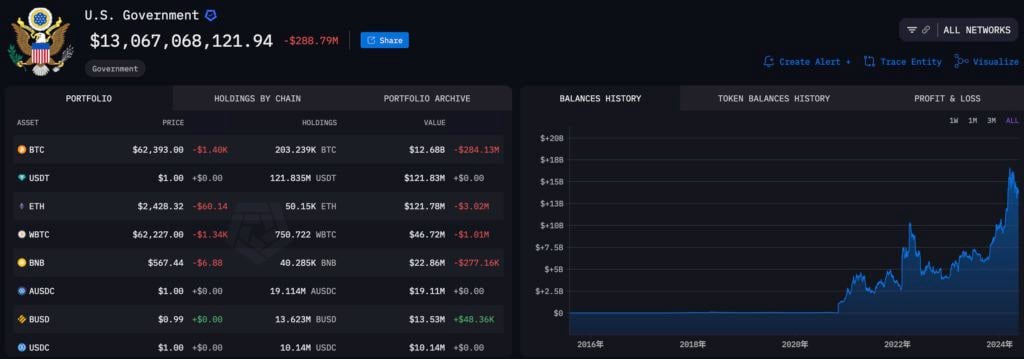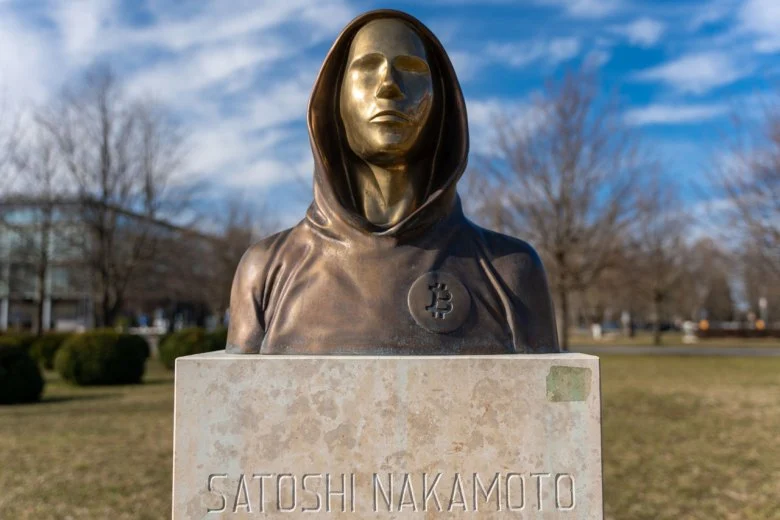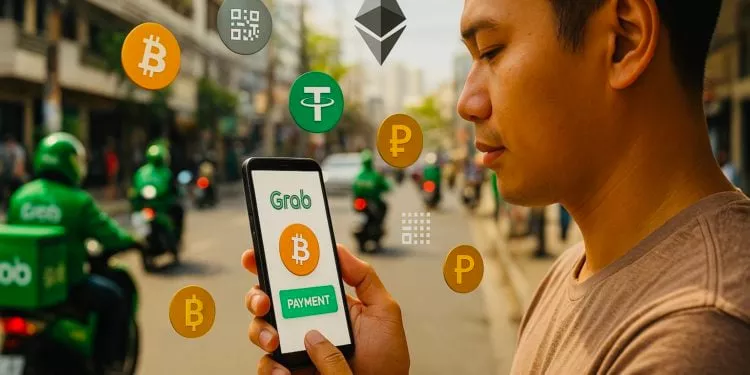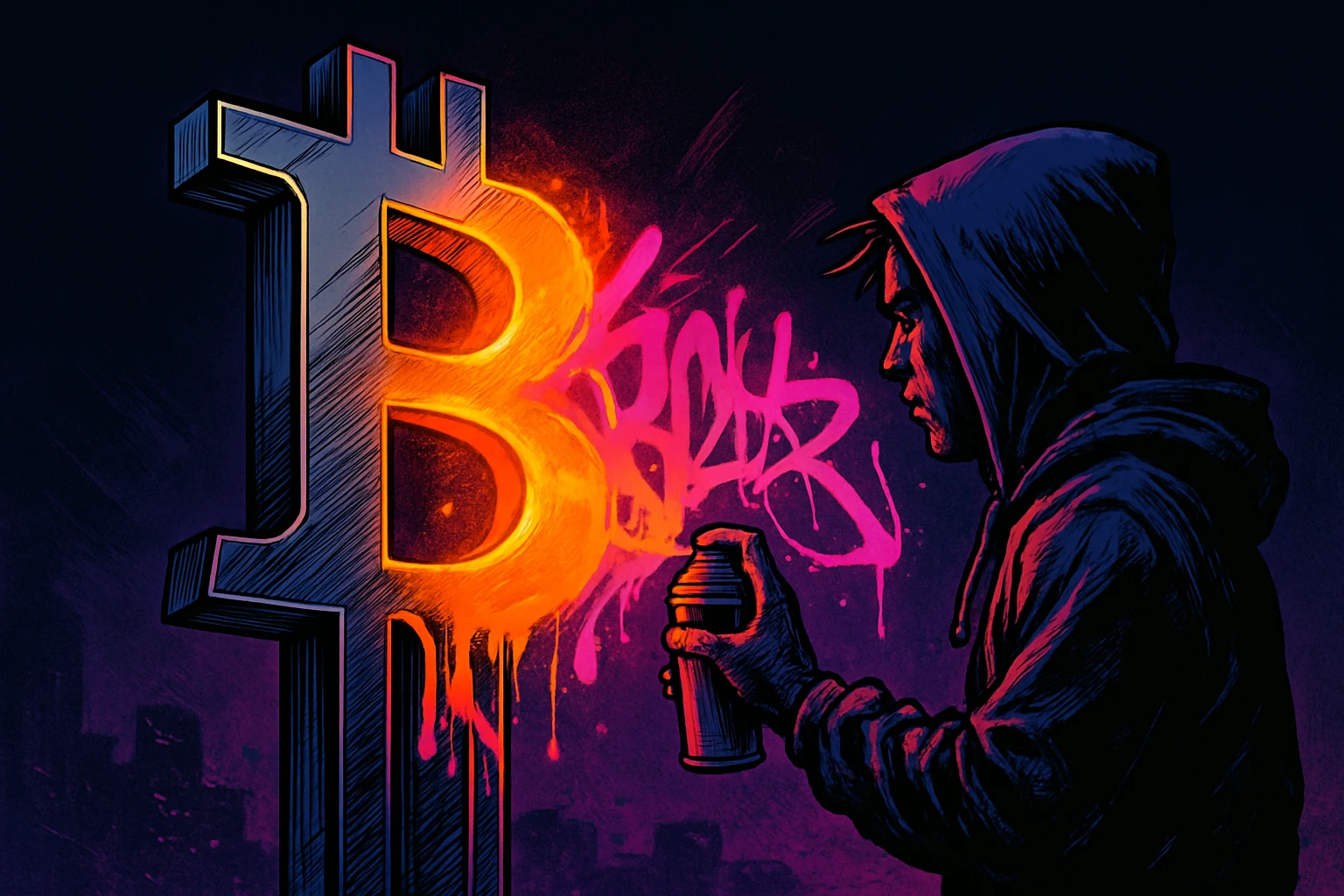At the Devconnect developer conference in Argentina in November, Vitalik Buterin predicted that Bitcoin would be cracked by 2028, possibly before the next US presidential election. He also called on the community to participate in upgrading Ethereum’s quantum defense system.
![图片[1]-Vitalik Buterin warns Bitcoin will be hacked in 2028: before the US election; Ethereum needs to upgrade its quantum defense within four years.-OzABC](https://www.ozabc.com/wp-content/uploads/vitalik_manga-800x533.webp)
byAt the Devconnect developer conference in Argentina in November , Ethereum co-founder Vitalik Buterin dropped a bombshell on the assembled developers: quantum computers may break elliptic curve cryptography (ECC) by 2028, rendering the traditional “mathematical trust” system completely ineffective, leaving the blockchain community with only a four-year buffer period.
The day of breaking the quantum secret is approaching ahead of schedule.
According to the latest predictions from the Quantum Doomsday Clock , as early as March 8, 2028, quantum hardware will be able to instantly derive private keys using the Shor algorithm. Vitalik Buterin points out that Google and IBM are making faster progress than Moore’s Law in terms of the number and stability of qubits. In other words, the few minutes between transaction broadcasting and on-chain confirmation will become the “golden moment for hijacking.” He bluntly warns, “If you believe your assets are safe, it’s best to produce evidence within four years.”
Current blockchain security is based on the computational assumption that “the public key cannot be used to deduce the private key.” Once quantum computing power crosses a critical threshold, this assumption will no longer exist, and wallets will become like glass display cases, rendering even the most complex verification steps meaningless.
Faced with the crisis, Bitcoin and Ethereum have diverged in their approaches. Bitcoin’s architecture is akin to a stone sculpture, and modifying the core protocol requires consensus and time. Vitalik Buterin moved the defense line forward to the account layer, emphasizing the value of EIP-4337’s account abstraction: users don’t need a hard fork; they can upgrade simply by changing their wallet signature algorithm to a quantum-resistant solution (such as Dilithium). This “core frozen, edge flexible” strategy keeps the first layer stable while giving users the ability to quickly replace the core.
Vitalik appealed from the stage:
“We can’t wait until an attack happens to patch the vulnerabilities. We must start the upgrade process now and complete the migration in four years.”
The stealth attack has already begun.
Security researchers warn that a “collect first, decrypt later” operation has begun. Hackers are continuously collecting and encrypting on-chain encrypted traffic, waiting for quantum hardware to mature before decrypting it all at once. This means that today’s communications may be publicly transparent tomorrow. Large amounts of Bitcoin and Ethereum stored in early P2PKH addresses are also exposed to risk because those addresses directly reveal public keys, essentially providing attackers with their coordinates.
If the holder does not move their assets to a new wallet using post-quantum cryptography (PQC) by 2028, the private key could be calculated in milliseconds, and the funds could be transferred instantly and irretrievably.
A four-year coordination period will test the entire ecosystem.
The National Institute of Standards and Technology (NIST) has selected several post-quantum encryption standards, but adapting decentralized finance (DeFi) and tens of thousands of protocols one by one is as difficult as changing an engine in mid-air. The time pressure also overlaps with the political timeline: the 2028 US election will increase geopolitical and policy uncertainty, and any crypto vulnerability could become a breakthrough for regulation or attack.
A year ago, the Trump administration’s return to the White House already caused policy turmoil in the market. If the quantum threat were to erupt at the same time, the trust chain of crypto assets could face a dual test of technology and politics. Vitalik’s message is not only aimed at developers, but also at all token holders and financial institutions: compared to price volatility, quantum risk is a much bigger “black swan” event.
With less than four years to go until 2028, the blockchain world is entering the post-quantum upgrade era. The ability to coordinate and accelerate the implementation of standards will determine who will leave a security barrier in the next decade, and who will be relegated to the sidelines of history.

















